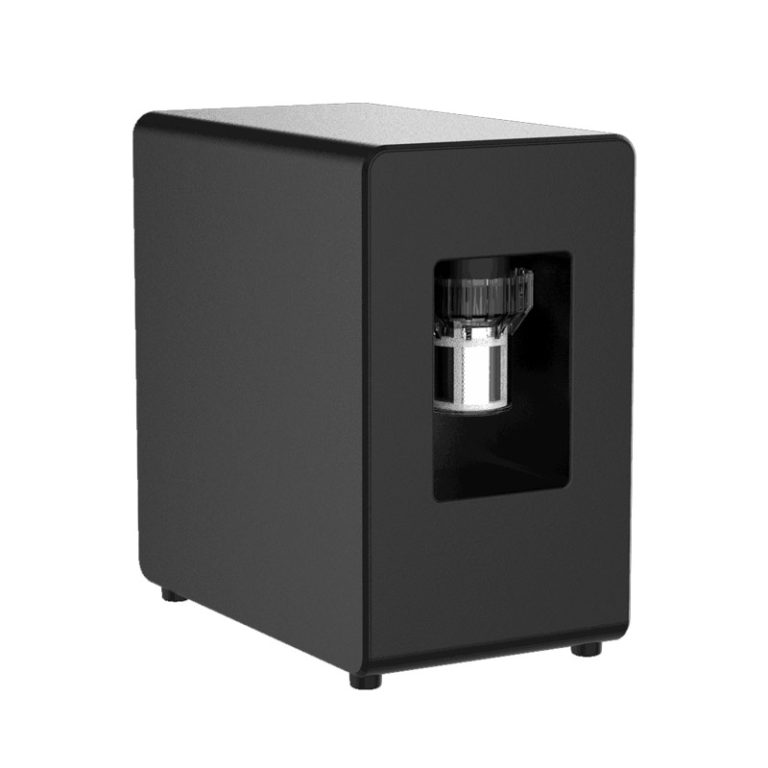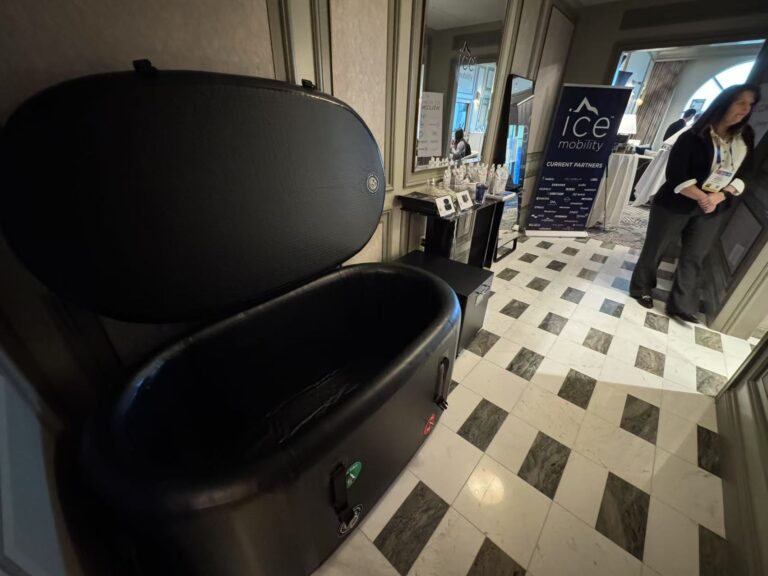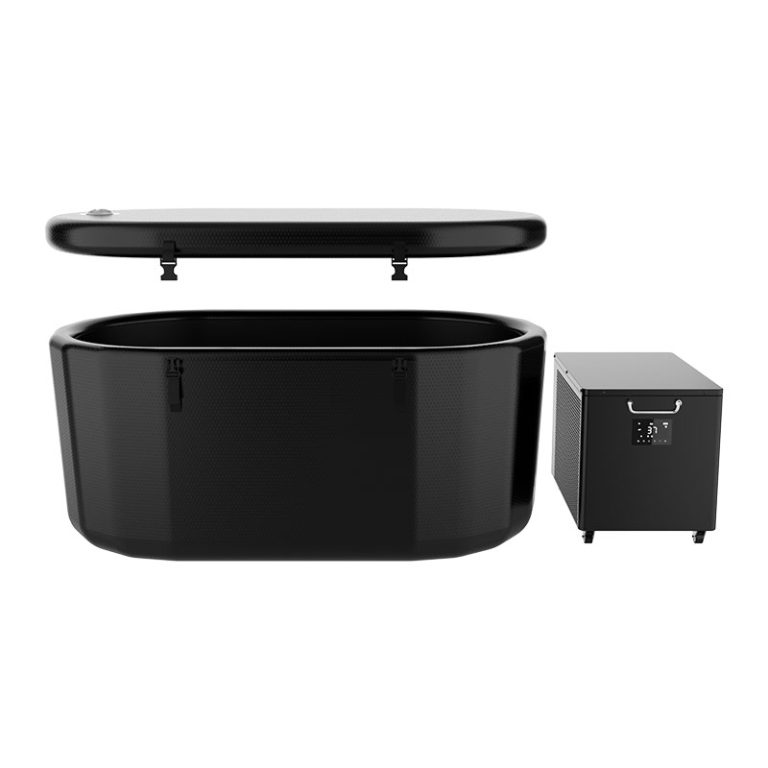Ice bath chillers, also referred to as cold plunge chillers, are essential for maintaining controlled, efficient cooling in recovery systems, wellness centers, and professional sports facilities. Knowing how these chillers function can enhance performance, extend their lifespan, and ensure consistent cooling. This guide delves into the fundamental working principles of ice bath chillers, including the refrigeration cycle, compressor types, expansion valves, and cooling methods.

The Refrigeration Cycle: The Core of Ice Bath Chiller Functionality
An ice bath chiller operates based on a closed-loop refrigeration cycle designed to extract heat from water. This process ensures that the water remains at an optimal low temperature for cold therapy and muscle recovery.
1. Evaporation: Extracting Heat
The process begins in the evaporator, where the refrigerant absorbs heat from the circulating water in the ice bath. This heat absorption causes the refrigerant to transition from liquid to gas, lowering the water temperature effectively.

2. Compression: Increasing Pressure
Next, the gaseous refrigerant moves to the compressor, where it is pressurized, increasing its temperature and energy level. This stage is vital for efficient heat transfer in the following step.

3. Condensation: Releasing Heat
The high-pressure gas then enters the condenser, where it releases accumulated heat into the surrounding environment—either through air or water cooling. As the refrigerant cools, it condenses back into a liquid state.

4. Expansion: Reducing Temperature
Finally, the liquid refrigerant passes through an expansion valve, where its pressure and temperature decrease significantly. It then re-enters the evaporator to repeat the cycle, keeping the ice bath at a consistently low temperature.
Compressor Types: The Engine Behind Ice Bath Chillers
Compressors are responsible for circulating and pressurizing the refrigerant. Different types of compressors offer varying levels of efficiency and performance:
1.Reciprocating Compressors: These piston-driven compressors are durable and work well for smaller chiller units but tend to be noisy and require regular maintenance.
2. Scroll Compressors: Designed with two spiral scrolls, these compressors provide quiet operation, enhanced efficiency, and lower maintenance needs.
3. Screw Compressors: Using helical rotors, screw compressors offer high efficiency, making them ideal for larger chillers with variable cooling demands.
4. Centrifugal Compressors: Using impeller-driven technology, centrifugal compressors work best for large-scale industrial chillers, maximizing efficiency in high-capacity cooling systems.
Hi-Q Therapy ice bath chillers are equipped with scroll compressors, which provide superior energy efficiency, reliability, and quiet operation, making them perfect for wellness and athletic recovery applications.
Expansion Valves: Regulating Refrigerant Flow
Expansion valves play a crucial role in controlling the refrigerant entering the evaporator, ensuring precise temperature regulation. The most commonly used types include:
Thermostatic Expansion Valves (TXV): These valves adjust refrigerant flow based on temperature conditions, ensuring stable cooling performance.
Electronic Expansion Valves (EEV): Featuring advanced sensor technology, EEVs dynamically regulate refrigerant flow in response to real-time cooling demands, enhancing efficiency and precision.
Hi-Q Therapy ice bath chillers integrate electronic expansion valves (EEVs) for optimized refrigerant control, ensuring accurate temperature management and energy efficiency.
Cooling Systems: Effective Heat Dissipation Strategies
To maintain efficiency, ice bath chillers rely on one of two primary cooling systems:
Air-Cooled Chillers: These systems use fans to expel heat through condenser coils, making them ideal for locations with limited water supply. They are easy to install and require minimal maintenance.
Water-Cooled Chillers: These systems utilize water as the primary cooling medium, often in combination with a cooling tower. They provide higher efficiency but require additional infrastructure for operation.

Hi-Q Therapy bath chillers incorporate water-cooled condensers, ensuring simplified installation, lower energy consumption, and effective heat dissipation.
Advanced Temperature Control: Enhancing Performance and convenience
Modern ice bath chillers are equipped with advanced control features to maintain precise water temperature, including:
Smart Control Systems: Hi-Q chillers offer WiFi-enabled smart controls, allowing users to adjust temperature settings, set schedules, and monitor real-time performance remotely via a mobile app.
Variable Speed Technology: By dynamically adjusting the compressor’s speed based on cooling demand, variable speed drives (VSDs) improve energy efficiency while maintaining stable temperatures.
Conclusion: The Best Choice for Ice Bath Chillers
Understanding how ice bath chillers function can help users optimize their systems for maximum efficiency and longevity. Hi-Q Therapy, a leading manufacturer in the industry, offers high-performance ice bath chillers with smart controls, advanced expansion valves, and premium scroll compressors for superior cooling results.

For wholesale inquiries and customized ice bath chiller solutions, contact Hi-Q Therapy today at [email protected].
Hi-Q Group – The Global Leader in Ice Bath Chiller Manufacturing!






